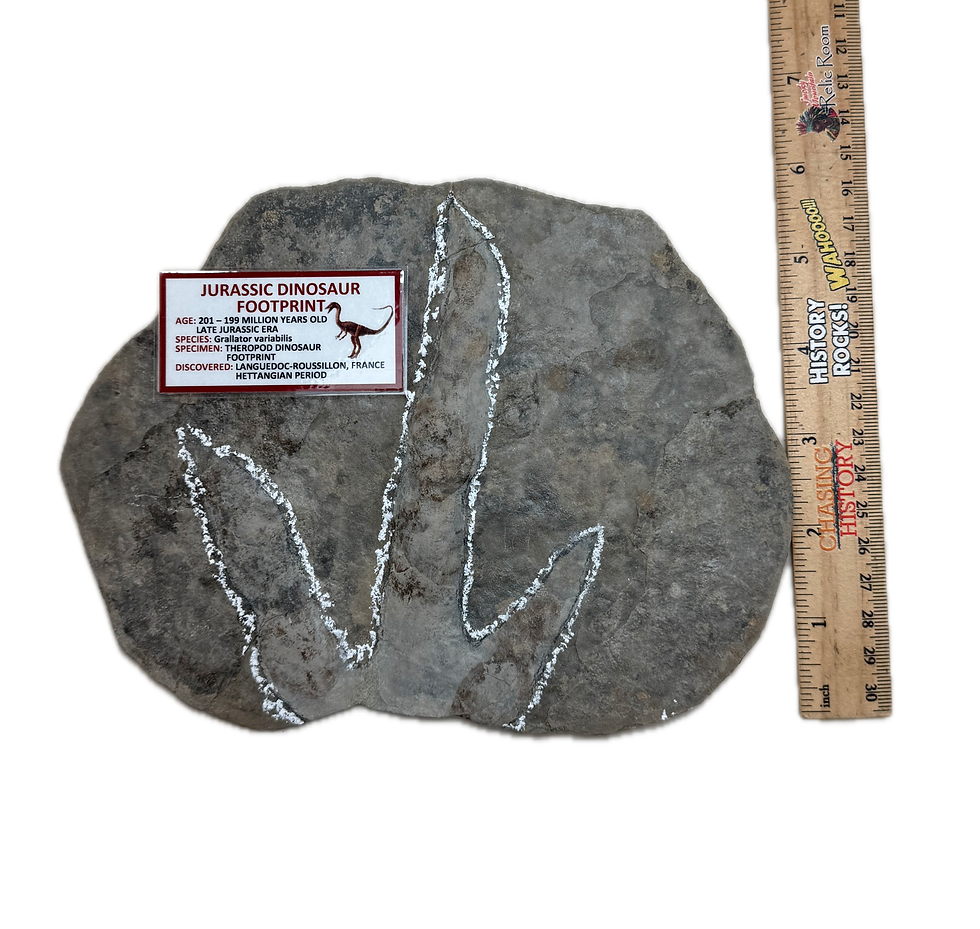Ancient Celtic Knife
12 - 8 Century B.C.
Discovered in Germany
- The Celts
The Celts are a collection of Indo-European peoples in Europe and Anatolia, identified by their use of Celtic languages and other cultural similarities. Historical Celtic groups included the Britons, Boii, Celtiberians, Gaels, Gauls, Gallaeci, Galatians, Lepontii and their offshoots. The relation between ethnicity, language and culture in the Celtic world is unclear and debated; for example over the ways in which the Iron Age people of Britain and Ireland should be called Celts. In current scholarship, 'Celt' primarily refers to 'speakers of Celtic languages' rather than to a single ethnic group.
The La Tène-style ceremonial Agris Helmet, 350 BC, Angoulême city Museum in France
The history of pre-Celtic Europe and Celtic origins is debated. The traditional "Celtic from the East" theory, says the Proto-Celtic language arose in the late Bronze Age Urnfield culture of central Europe, which flourished from around 1200 BC. This theory links the Celts with the Iron Age Hallstatt culture which followed it (c. 1200–500 BC), named for the rich grave finds in Hallstatt, Austria, and with the following La Tène culture (c. 450 BC onward), named after the La Tène site in Switzerland. It proposes that Celtic culture spread from these areas by diffusion or migration, westward to Gaul, the British Isles and Iberia, and southward to Cisalpine Gaul. A newer theory, "Celtic from the West", suggests Proto-Celtic arose earlier, was a lingua franca in the Atlantic Bronze Age coastal zone, and spread eastward. Another newer theory, "Celtic from the Centre", suggests Proto-Celtic arose between these two zones, in Bronze Age Gaul, then spread in various directions. After the Celtic settlement of Southeast Europe in the 3rd century BC, Celtic culture reached as far east as central Anatolia, Turkey.
The earliest undisputed examples of Celtic language are the Lepontic inscriptions from the 6th century BC. Continental Celtic languages are attested almost exclusively through inscriptions and place-names. Insular Celtic languages are attested from the 4th century AD in Ogham inscriptions, though they were clearly being spoken much earlier. Celtic literary tradition begins with Old Irish texts around the 8th century AD. Elements of Celtic mythology are recorded in early Irish and early Welsh literature. Most written evidence of the early Celts comes from Greco-Roman writers, who often grouped the Celts as barbarian tribes. They followed an ancient Celtic religion overseen by druids.
The Celts were often in conflict with the Romans, such as in the Roman–Gallic wars, the Celtiberian Wars, the conquest of Gaul and conquest of Britain. By the 1st century AD, most Celtic territories had become part of the Roman Empire. By c. 500, due to Romanisation and the migration of Germanic tribes, Celtic culture had mostly become restricted to Ireland, western and northern Britain, and Brittany. Between the 5th and 8th centuries, the Celtic-speaking communities in these Atlantic regions emerged as a reasonably cohesive cultural entity. They had a common linguistic, religious and artistic heritage that distinguished them from surrounding cultures.
Insular Celtic culture diversified into that of the Gaels (Irish, Scots and Manx) and the Celtic Britons (Welsh, Cornish, and Bretons) of the medieval and modern periods. A modern Celtic identity was constructed as part of the Romanticist Celtic Revival in Britain, Ireland, and other European territories such as Galicia. Today, Irish, Scottish Gaelic, Welsh, and Breton are still spoken in parts of their former territories, while Cornish and Manx are undergoing a revival.
top of page
SKU: HT4
$350.00Price
Related Products
bottom of page




















